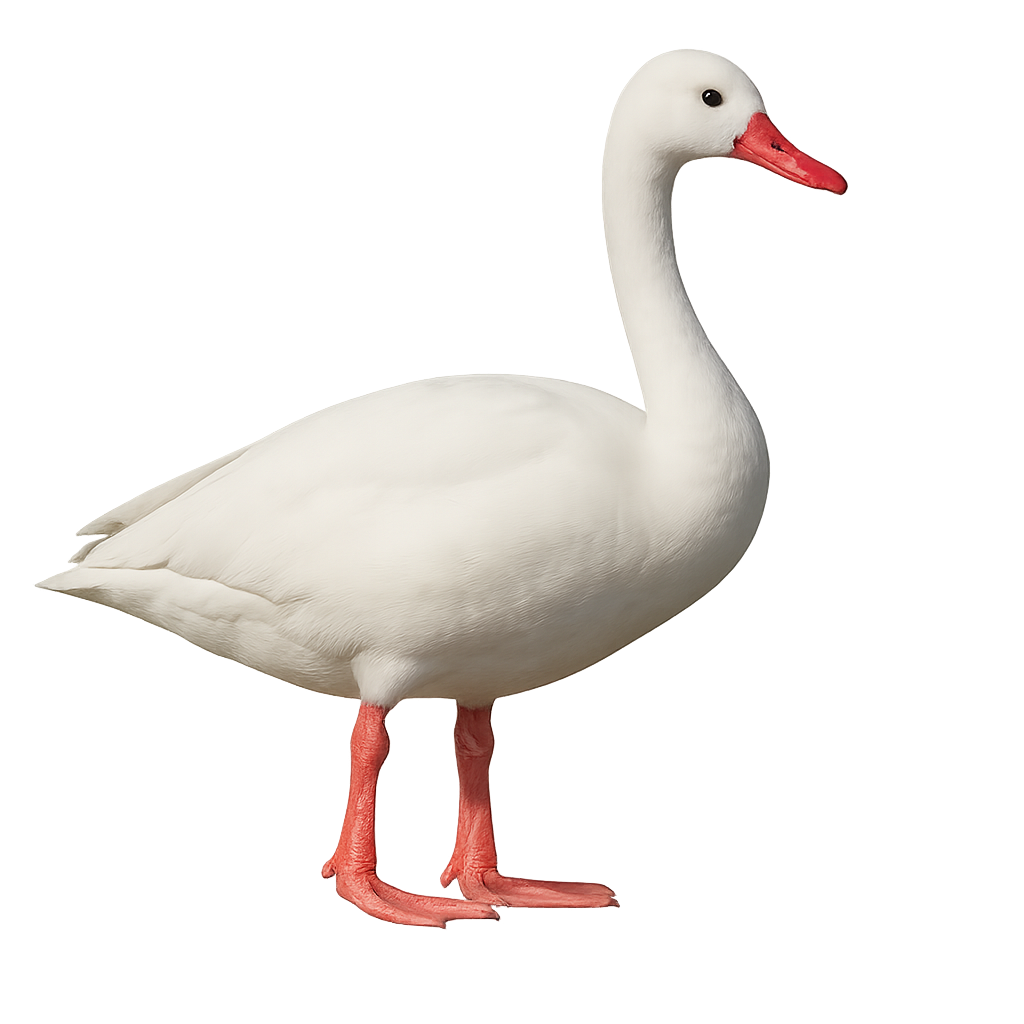Your wildlife photography guide.
Explore the coscoroba swan in detail, study its behavior, prepare your shots.
Where to observe and photograph the coscoroba swan in the wild
Learn where and when to spot the coscoroba swan in the wild, how to identify the species based on distinctive features, and what natural environments it inhabits. The WildlifePhotographer app offers tailored photography tips that reflect the coscoroba swan’s behavior, helping you capture better wildlife images. Explore the full species profile for key information including description, habitat, active periods, and approach techniques.
Coscoroba Swan
Scientific name: Coscoroba coscoroba

IUCN Status: Least Concern
Family: ANATIDAE
Group: Birds
Sensitivity to human approach: Tolerant
Minimum approach distance: 10 m
Courtship display: September to November
Incubation: 30-35 jours
Hatchings: October to January
Habitat:
Lakes, marshes, lagoons
Activity period :
Primarily active during the day, with peak activity in the morning and late afternoon.
Identification and description:
The Coscoroba Swan is a medium-sized waterbird often mistaken for a swan due to its pure white plumage and graceful long neck. It is distinguished by its bright red bill and pinkish legs. Native to South America, it inhabits lakes, marshes, and lagoons, feeding mainly on aquatic plants, insects, and small crustaceans. Although sociable, it can be territorial during the breeding season. The Coscoroba Swan is an excellent swimmer, using its wings to propel itself on water. Its population is stable, but it remains vulnerable to environmental changes and habitat loss.
Recommended lens:
400mm – adjust based on distance, desired framing (portrait or habitat), and approach conditions.
Photography tips:
To photograph the Coscoroba Swan, aim for the golden hours of morning or evening to capture the soft light on its white plumage. Use a telephoto lens of at least 400mm to maintain a safe distance and avoid disturbing it. Look for calm water bodies where it feeds or rests. Be patient and wait for it to adopt a graceful posture or interact with other birds. A tripod can be helpful to stabilize your camera and achieve sharp images.
The WildlifePhotographer App is coming soon!
Be the first to explore the best nature spots, track rutting seasons, log your observations, and observe more wildlife.
Already 1 439 wildlife lovers subscribed worldwide

